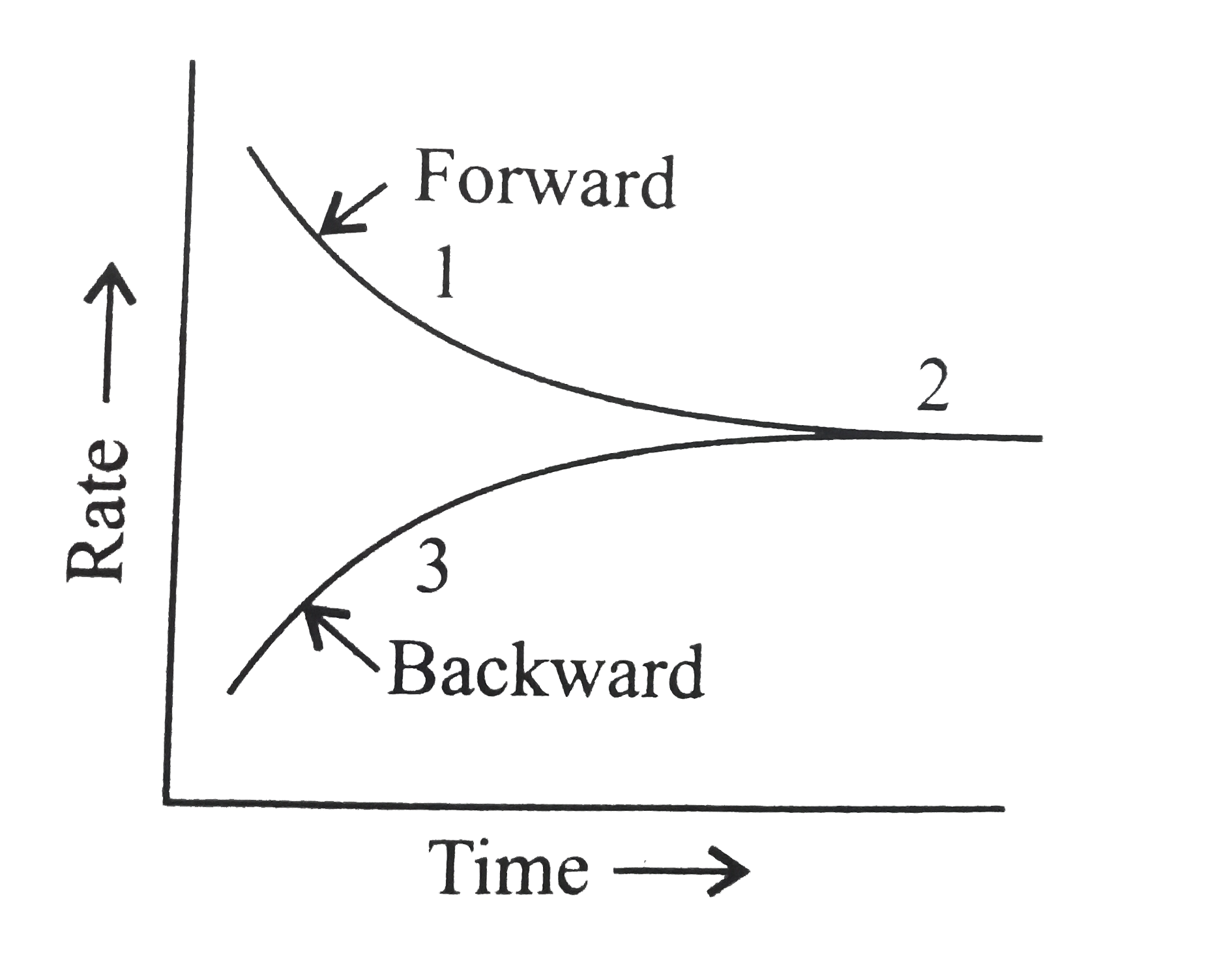Write the observations for the following: Reaction between HCl(g) and NH3(g).
To write the observations for the reaction between hydrochloric acid (HCl) and ammonia (NH₃), we can follow these steps:
1. Identify the Reactants: The reactants in this reaction are hydrochloric acid (HCl) and ammonia (NH₃).
2. Determine the Nature of the Reaction: This is an acid-base reaction. Ammonia acts as a weak base, while hydrochloric acid is a strong acid.
3. Write the Chemical Equation: The reaction can be represented by the following equation:
NH3(g)+HCl(g)→NH4Cl(s)
4. Observe the Products: When ammonia gas reacts with hydrochloric acid gas, they produce ammonium chloride (NH₄Cl).
5. Describe the Physical Appearance of the Product: Ammonium chloride appears as white fumes when formed.
6. Final Observation: The main observation for this reaction is the formation of white fumes of ammonium chloride.
Final Answer:
The observation for the reaction between hydrochloric acid (HCl) and ammonia (NH₃) is the formation of white fumes of ammonium chloride (NH₄Cl).
---
NH3(g)+HCl(g)→NH4Cl(s)
The observation for the reaction between hydrochloric acid (HCl) and ammonia (NH₃) is the formation of white fumes of ammonium chloride (NH₄Cl).
Similar Questions
Write down the observation for the following: Reaction of concentrated HCl with Pb2O2 when heated.
View SolutionWhat is the heat of reaction for the following reaction?
CH4(g)+NH3(g)→3H2(g)+HCN(g)
Use the following thermodynamic data in kJ/mole
N2(G)+3H2(g)→2NH3(g),△rH∘=−91.8
C(s)+2H2(g)→CH3(g),△rH∘=+74.9
H2(g)+2C(s)+N2(g)→2HCN(g),△rH∘=+261
View SolutionWhat is concentration quotient ? Write concentration quotients for the the following reactions:
N2(g)+3H2(g)⇔2NH3(g)
View SolutionWrite the relation between kpandKc for the following reactions.
(i) N2(g)+3H2(g)⇔2NH3(g)
(ii) 2H2O(g)⇔2H2(g)+O2(g)
View SolutionWrite the equilibrium constant expressions for the following reactions.
N2(g)+O2(g)⇔2NO(g)
View SolutionWrite the relation between KpandKc for the following reactions
(i) N2(g)+3H2(g)⇔2H2(g)+O2(g)
(ii) 2H2O(g)⇔2H2(g)+O2(g)
View SolutionWrite the equilibrium constant expression for the following reactions :
2SO3(g)⇔2SO2(g)+O2(g)
View SolutionThe value of ΔH−ΔE for the following reaction at 27∘C will be
2NH3(g)→N2(g)+3H2(g)
View SolutionWrite the equilibrium constant expression for the following equilibria:
N2(g)+3H2⇔2NH3(g)
View SolutionMass action rato or reaction quotient Q for a reaction can be calculate using the law of masss action
A(g)+B(g)⇔C(g)+D(g)
Q=[C][D][A][B]
The value of Q decides whether the reaction is at equilibrium or not.
At equilibrium, Q=K
For an equilibrium process, Q≠K
when Q>K, reaction will favour backward direction and when Q<K, it will favour direction.
Answer the following questions:
In the reaction:
NH4Cl(g)⇔NH3(g)+HCl(g)
a graph is plotted to show that the variation or the rate of forward and backward reaction against time.
Which of following is correct?

View Solution
